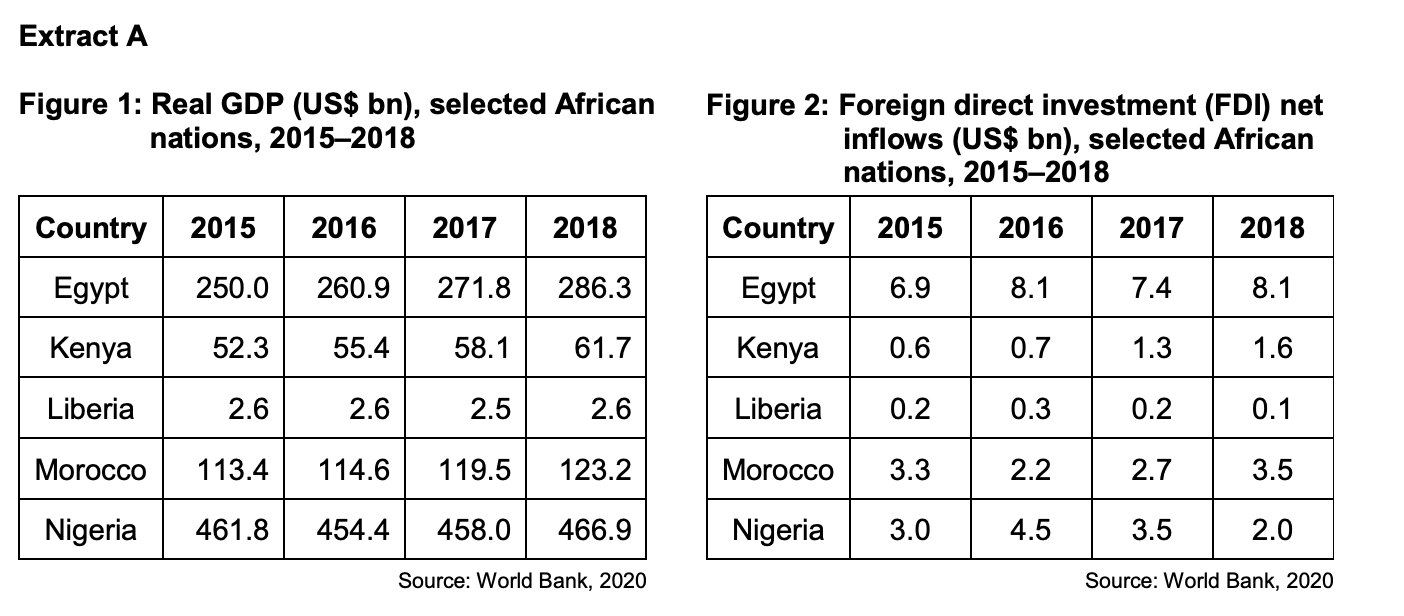Extract F: Protectionism in Brazil
Protectionism is on the rise this year, but those who support free trade say increased tariffs will lead to higher prices, less choice and lower living standards. Others maintain that protectionism can help economic development. Roberto Azevedo, Director General of the World Trade Organization (WTO), concedes that trade barriers which keep foreign rivals out will encourage domestic industries to grow.
Many countries in Latin America are in favour of tariffs to protect their infant industries. Tariffs can support the growth of domestic firms that may otherwise be crushed by foreign competition. Much of modern Brazil was built with the help of protectionist policies. Since the 1950s, foreign companies have been motivated to set up production in Brazil to avoid high tariff barriers. Government subsidies have also been used, for example, to encourage major car manufacturers, including Volkswagen, Ford, Fiat and Mercedes, to set up factories in the country. This inward investment has created jobs, growth and improved living standards for the Brazilian population.
In Brazil, many uncompetitive industries, from textiles to computers, were able to grow due to protectionist trade policies that made foreign goods too expensive to import. Current tariffs on imported trucks or buses more than double the original price. The price of an Apple iPhone in Brazil is on average 50% more than in the US, again due to tariffs. Some argue that many developed countries that now champion free trade, only achieved economic prosperity through protectionist policies. They believe free trade is a way in which developed economies keep developing nations poor.
However, the Director of the Brazilian branch of the International Chamber of Commerce (ICC), an organisation that supports free trade, argued that ‘because Brazil is such a closed economy, it ends up having very low productivity compared to more developed countries. If you are more competitive you become more productive – and for that you need to be more open and more integrated into global supply chains’.


